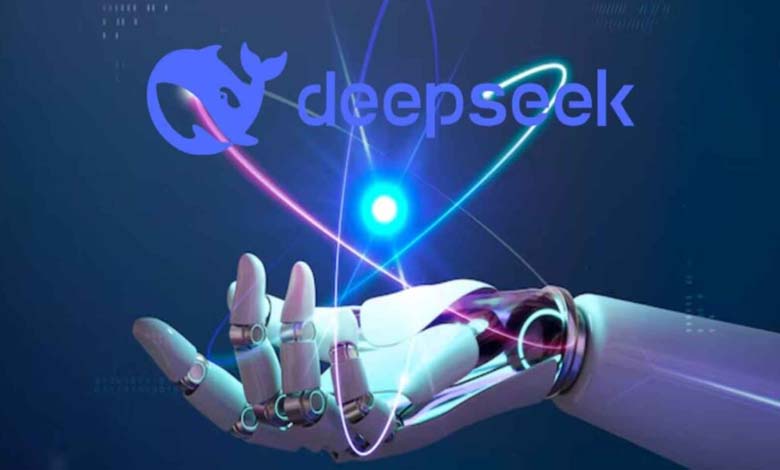Chinese AI Shakes Up the Tech World: Meet DeepSeek R1

The groundbreaking AI model DeepSeek R1 was developed by a start-up founded just a year ago. Remarkably, the company has managed to achieve a major breakthrough that has disrupted the technology landscape.
The R1 model is almost on par with some of the most renowned competitors in the field, including GPT-4 by OpenAI, Llama by Meta, and Gemini by Google, but at a fraction of the cost.
-
VALL-E: After ChatGPT, here’s a new artificial intelligence capable of reproducing your voice by listening to it for 3 seconds
-
New iPhone Features Coming in Early 2025… Discover Them!
Significant Attention
DeepSeek revealed that it only spent $5.6 million to develop its foundational AI model, compared to the hundreds of millions, if not billions, that U.S. companies invest in their AI technologies.
This accomplishment is even more astonishing considering that the United States has, for years, restricted the export of high-performance AI chips to China, citing national security concerns. This means that DeepSeek was able to create its low-cost model using relatively low-powered AI chips.
-
Technological Products That Will Disappear by 2025
-
Disappointing: 4 Reasons Behind Apple’s AI Struggles
Like other AI start-ups, DeepSeek has released various competitive models over the past year, garnering some industry attention. However, the recent launch of R1 has drawn particular interest due to its low operating cost and open-source nature, allowing other companies to test and improve upon it.
Massive Investments
AI is an energy-intensive and highly expensive technology. So much so that major U.S. tech leaders are acquiring nuclear energy companies to power their operations.
Last week, Meta announced plans to spend over $65 billion this year on AI development.
-
Positive and Negative: How Artificial Intelligence Affects the Environment
-
“Neural Networks” in Artificial Intelligence: What Do They Mean and What Is Their Role?
Last year, Sam Altman, CEO of OpenAI, stated that the industry would require trillions of dollars in investments to support the development of advanced chips and the energy-intensive data centers needed to run complex AI models.
The idea that capabilities comparable to America’s leading AI models can be achieved at a significantly reduced cost marks a pivotal shift in the industry’s understanding of the investment required for AI. This opens up new possibilities globally.
-
Will Artificial Intelligence Play a Role in Cancer Detection?
-
Satellite Internet: Remote Areas Go “Online”
Decline in Tech Stocks
The U.S. believed it could dominate a key technology deemed crucial for its national security. Just a week before leaving office, former President Joe Biden doubled down on restrictions for exporting AI chips, aiming to prevent competitors like China from accessing advanced technology.
However, DeepSeek has defied expectations, challenging the perceived invulnerability of the American tech industry. This development has unsettled Wall Street, with stocks of major tech giants like NVIDIA, Apple, Meta, Alphabet, and others experiencing sharp declines.
Nonetheless, it is essential to note that while the cost savings are significant, the R1 model, a competitor to ChatGPT, has yet to demonstrate its ability to handle some of the most ambitious AI capabilities, which still require substantial investments in infrastructure.












